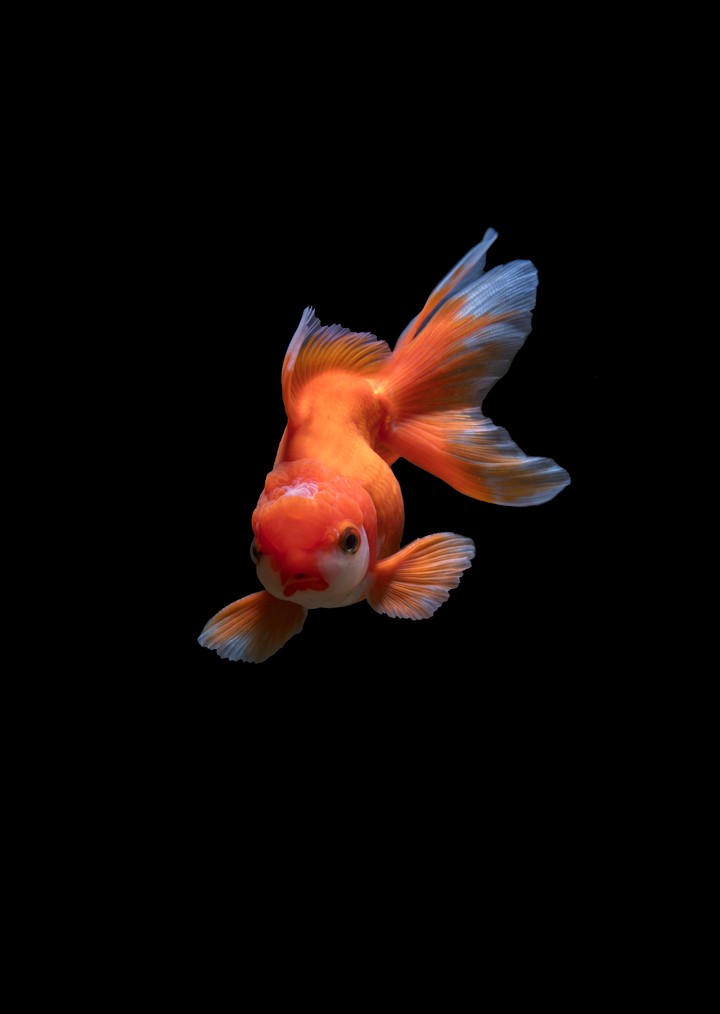Analogies in contextualizing human response to airborne ultrasound and fish response to acoustic noise and deterrents
 Image credit: Unsplash.com
Image credit: Unsplash.com
Abstract
In assessing the impact of sound on aquatic life, or its potential to guide fauna away from hazards, there is reliance on decades of human audiology, for example by adapting tests such as behavioral audiograms and Auditory Evoked Potentials. However, now that human audiology has translated over decades from research laboratories to the high-street hearing-aid dispenser, we might forget the underlying challenges that human audiology overcame, and which face its aquatic analogue because it is still in its infancy. A major challenge of researching effects of sound on fish comes from sparsity of data. One aspect of human audiology that shares this characteristic is the effect of Very High Frequency sound/ultrasound in air on humans. Their similarities will be discussed in terms of the difficulties associated with: lack of appreciation of the complexities of the sound field; lack of recognized calibrations and measurement procedures; reliance on the concept of a ‘typical’ subject based on an average; reliance on data from too few subjects; insufficient appreciation of group effects; reliance on a tacit assumption of an assumed mapping between threshold for hearing and threshold for behavioral/adverse effects; the tension between field and laboratory observations; and confusion caused by inexpert reporting.